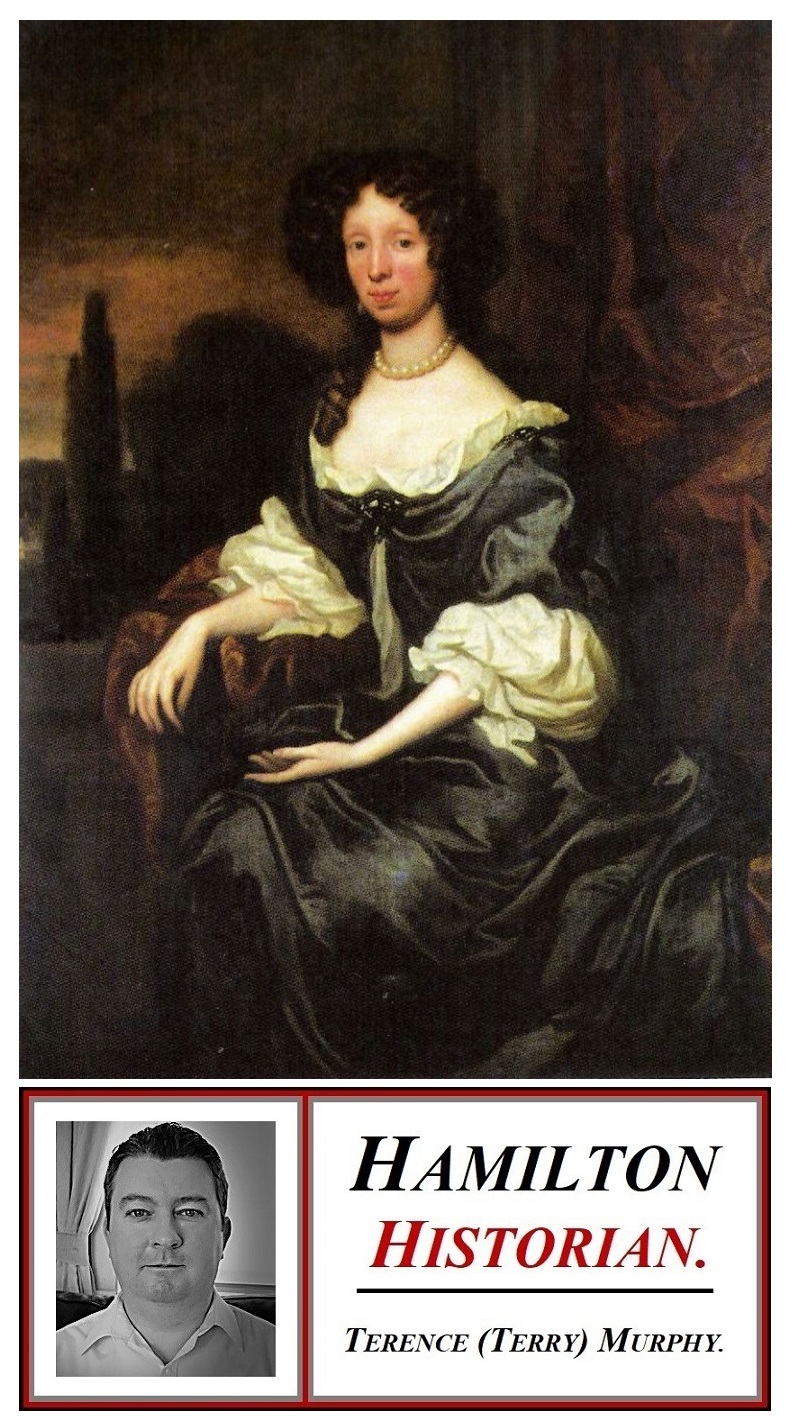Between the 18th and 19th century Hamilton had become established as a weaving town. Producing some of the finest cambric and silks as well as coarser fabrics for everyday use. Whole streets were built for weavers in the town of Hamilton, South Lanarkshire, Scotland; the New Wynd and Young Street were perfect examples of this. Sadly both streets no longer exist within the town. The houses were mostly single-storey with clay floors and thatched roofs. A living room on one side of the door and on the other side would be a “Weaving Shed”, sometimes for four looms. The loft space above contained spare beams, candle holders and yarns.
The weavers were an intelligent and frugal lot of men. At a time when a man would earn from sixpence to one-and-six per day. They were so keen to read and educate themselves on current affairs that they would often club together to purchase and share a newspaper costing from fourpence-halfpenny to sixpence each. Weaving must have been a drouthy occupation. In c. 1790, there were in Hamilton, three breweries, a distillery and sixty-six public houses. The population at the time was slightly less than six thousand.

One weaver named Alexander Scott who later became a “Weaving Agent” had proudly caused to be carved above his door (the stone is now built into the wall of the Low Parks Museum), ‘ THE ART OF WEAVING IS RENOWNED SO THAT RICH’ NOR POOR WITHOUT IT CANNOT GO ‘. The arms of the weaver contains three leopard’s heads erased argent, each having in mouth a weaver’s shuttle with the initial A on the left side and initial S on the right. The three leopard’s heads represent the weaving industry in interior parts of the district and as previously mentioned, the initials A S stand for Alexander Scott of 31 Quarry Road, Hamilton. The weavers of old were often called the “Girnin’ Weavers”. As they would always be seen with a sewing needle or crochet hook held tightly between their lips. This, coupled with the fact that many had poor dental hygiene and little or no teeth in their mouths, would have made them look as though they were gurning! Weaving is the Oldest Tradesmans Guild and was incorporated before c. 1222!
The weaving industry went into decline due to the introduction of machinery in the early days of the nineteenth century. A similar fate overtook the prosperous lace-making industry which had been introduced by Duchess Anne in the seventeenth century and had spread far beyond her charitable institution. The Duchess of Hamilton’s Home (Alm’s House) was set up in Hamilton for the reception of twelve poor girls and a mistress. The girls were taken in at the age of seven, fed and taught to spin, make lace, etc. And dismissed at fourteen.
It is very difficult to find or even identify a piece of real Hamilton Lace as similar lace was produced in many other places although the Low Parks Museum does have some examples within their collection and they can also be viewed online. Very little is known of the lace making industry and all mention of it in Scotland ceases before the end of the eighteenth century.
During the depression caused by the decline of the weaving trade another form of lace-making was introduced to the women of Hamilton. Who were already skilled in flowering and fine Ayrshire embroidery, for which there was a depot and school in Muir Street. This was a form of lace, developed from tambouring of fine muslin, which became very popular. It was worked in delicate and intricate designs with a type of crochet hook on cotton or silk net stretched over a frame or drum and was known as “Tambour Lace”. Its popularity lasted till the end of the nineteenth century. The early chain stitch sewing machines made it easy to imitate the hand tambouring and the lace lost much of its interest and value.
Soon after the collapse of the lace industry, came the discovery of the rich seams of coal in and around the borough. That established Hamilton as a prosperous coal-mining centre and more than 40 pits were developed by the first quarter of the twentieth century. Our present-day Hamilton was built on coal and our hard working miner ancestors who broke their backs to put food on the table and survive for the sake of their future generations!



